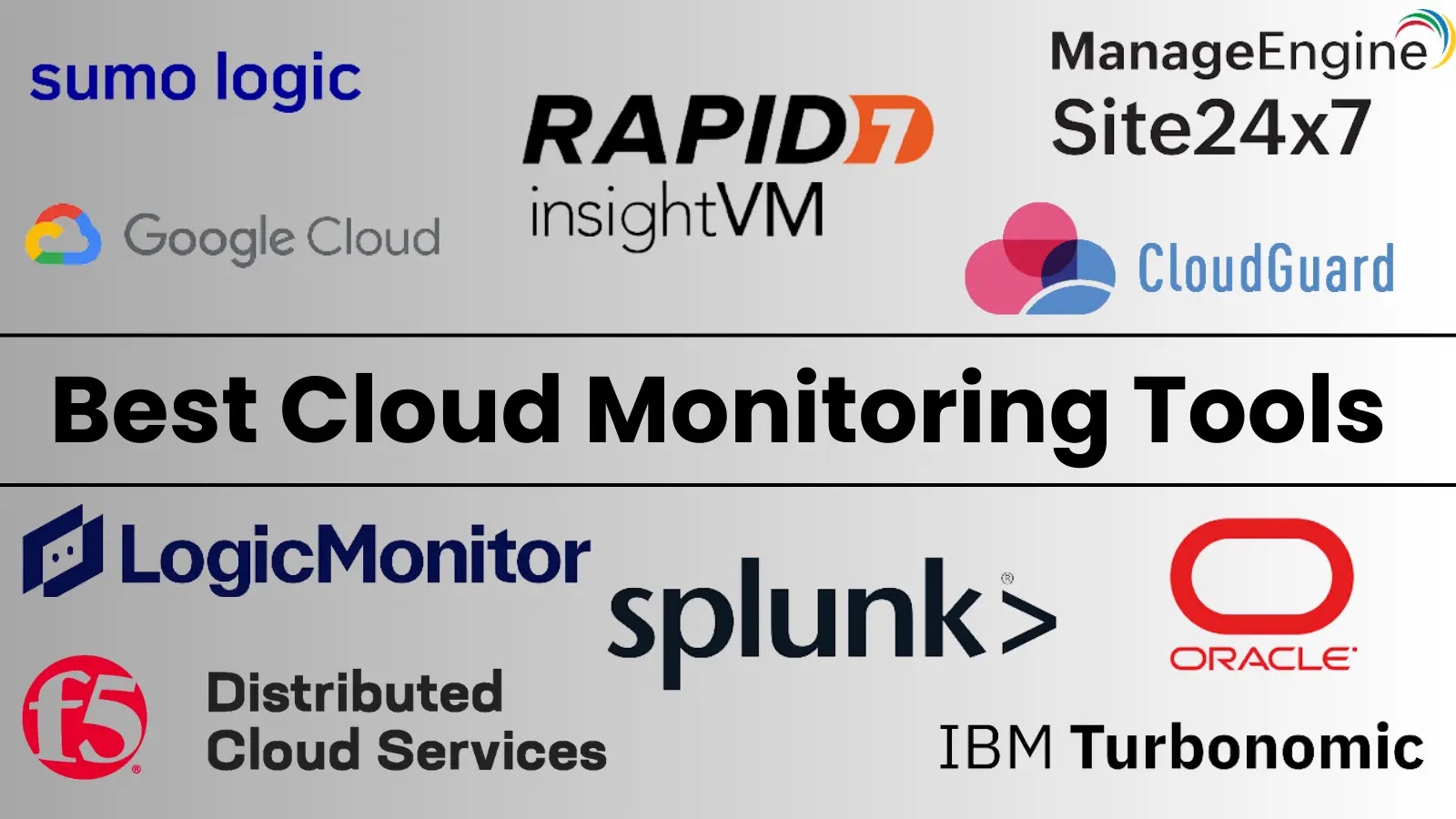
10 Best Cloud Monitoring Tools in 2025
Cloud infrastructure underpins a vast majority of modern applications and services, making its consistent performance, ironclad security, and unwavering availability paramount. As organizations increasingly migrate critical workloads to the cloud, the complexity of managing these distributed environments escalates. This is where cloud monitoring tools become indispensable. These solutions are not merely analytical platforms; they are the eyes and ears of your cloud operations, providing real-time visibility and actionable insights.
The ability to proactively identify and resolve issues—from resource bottlenecks to potential security threats—is the hallmark of a resilient cloud strategy. Without robust monitoring, organizations risk costly downtime, performance degradation, and exposure to vulnerabilities. This article explores the top 10 cloud monitoring tools poised to define operational excellence in 2025, offering a comprehensive look at their capabilities and why they are essential for maintaining optimal cloud health.
Understanding Cloud Monitoring Needs
Effective cloud monitoring encompasses more than just checking if a server is online. It involves a holistic approach to observing and analyzing various metrics across your cloud ecosystem. Key areas of focus include:
- Resource Utilization: Tracking CPU, memory, storage, and network bandwidth consumption to prevent over or under-provisioning.
- Application Performance: Monitoring latency, error rates, and transaction throughput to ensure a seamless user experience.
- Network Traffic: Analyzing data flow and connectivity to identify bottlenecks or suspicious activities.
- Security Metrics: Keeping an eye on access patterns, configuration drift, and compliance adherence to maintain a strong security posture.
- Cost Management: Gaining insights into cloud spending to optimize expenditures and avoid bill shock.
Cloud monitoring tools typically offer customizable dashboards, enabling IT professionals to visualize critical data at a glance. They also provide robust alerting mechanisms, notifying operations teams of anomalies or threshold breaches, facilitating rapid response and remediation.
Top 10 Cloud Monitoring Tools in 2025
As the cloud landscape evolves, so too do the capabilities of monitoring solutions. Here are ten leading tools that are expected to be pivotal for cloud operations in 2025:
1. Datadog
Datadog offers a unified monitoring platform for cloud-scale applications, servers, databases, tools, and services. It provides comprehensive visibility across infrastructure, applications, and logs. Its AI-powered alerts and real-time dashboards are highly valued by DevOps teams.
2. Grafana
While often used in conjunction with other data sources, Grafana is an open-source analytics and visualization web application. It allows users to query, visualize, alert on, and explore metrics, logs, and traces from various sources, making it a flexible choice for custom monitoring dashboards.
3. Prometheus
Another popular open-source solution, Prometheus is a powerful monitoring system and time series database. It excels at collecting and storing metrics as time-series data, offering a robust query language (PromQL) for detailed analysis and alerting.
4. Dynatrace
Dynatrace provides an all-in-one AI-powered observability platform. It offers deep insights into application performance, infrastructure health, user experience, and business impact. Its automatic discovery and mapping capabilities simplify complex cloud environments.
5. New Relic
New Relic One is a comprehensive observability platform that provides full-stack visibility. It integrates APM, infrastructure monitoring, logs, and more, enabling teams to understand their entire software stack and troubleshoot issues quickly.
6. Splunk Cloud Platform
Predominantly known for its log management and analytics capabilities, Splunk Cloud Platform extends to cloud monitoring by providing real-time insights into machine-generated data from various cloud sources. It’s particularly strong for security monitoring and compliance.
7. Zabbix
Zabbix is an enterprise-class open-source monitoring solution for networks, servers, virtual machines, and cloud services. It offers extensive monitoring capabilities, flexible alerting, and powerful visualization features, making it a cost-effective choice for many organizations.
8. LogicMonitor
LogicMonitor is a SaaS-based observability platform that automatically discovers and monitors traditional, hybrid, and cloud infrastructures. It offers pre-built integrations for thousands of devices and applications, simplifying deployment and ensuring broad coverage.
9. CloudWatch (AWS)
Amazon CloudWatch is a core monitoring and observability service built into AWS. It provides data and actionable insights to monitor your applications, understand and respond to system-wide performance changes, optimize resource utilization, and get a unified view of operational health. For AWS-centric environments, it’s often the foundational monitoring tool.
10. Azure Monitor (Microsoft Azure)
Azure Monitor is the built-in monitoring solution for Microsoft Azure. It collects, analyzes, and acts on telemetry from your Azure and on-premises environments. It helps maximize the performance and availability of your applications and proactively identifies problems in seconds.
Key Considerations for Tool Selection
Choosing the right cloud monitoring tool depends on several factors, including your existing cloud provider, the complexity of your architecture, team expertise, and budget. When evaluating tools, consider:
- Integration Capabilities: How well does the tool integrate with your current cloud services, CI/CD pipelines, and other security tools?
- Scalability: Can the tool scale with your growing cloud infrastructure?
- Customization and Alerting: Does it offer flexible dashboards and robust, actionable alerting mechanisms?
- Cost Model: Understand the pricing structure – per-instance, per-feature, or consumption-based.
- Support and Community: Is there active community support or professional vendor support available?
A proactive approach to monitoring is essential for maintaining optimal cloud operations and ensuring business continuity. For instance, an unmonitored misconfiguration could lead to a severe security incident, such as a data breach. While not a specific vulnerability, neglecting to monitor access controls could leave systems vulnerable, potentially exploited by threats like those addressed by CVE-2023-38831 if a system is improperly configured to allow unauthorized access.
Conclusion
Cloud monitoring tools are non-negotiable for any organization operating in the cloud. They provide the critical visibility needed to ensure performance, maintain security, and optimize costs. By leveraging the comprehensive capabilities of these tools, IT professionals, security analysts, and developers can gain a clear understanding of their cloud environments, enabling them to troubleshoot effectively, anticipate issues, and fortify their defenses. Investing in a robust cloud monitoring strategy is an investment in your organization’s resilience and success in the evolving digital landscape.





